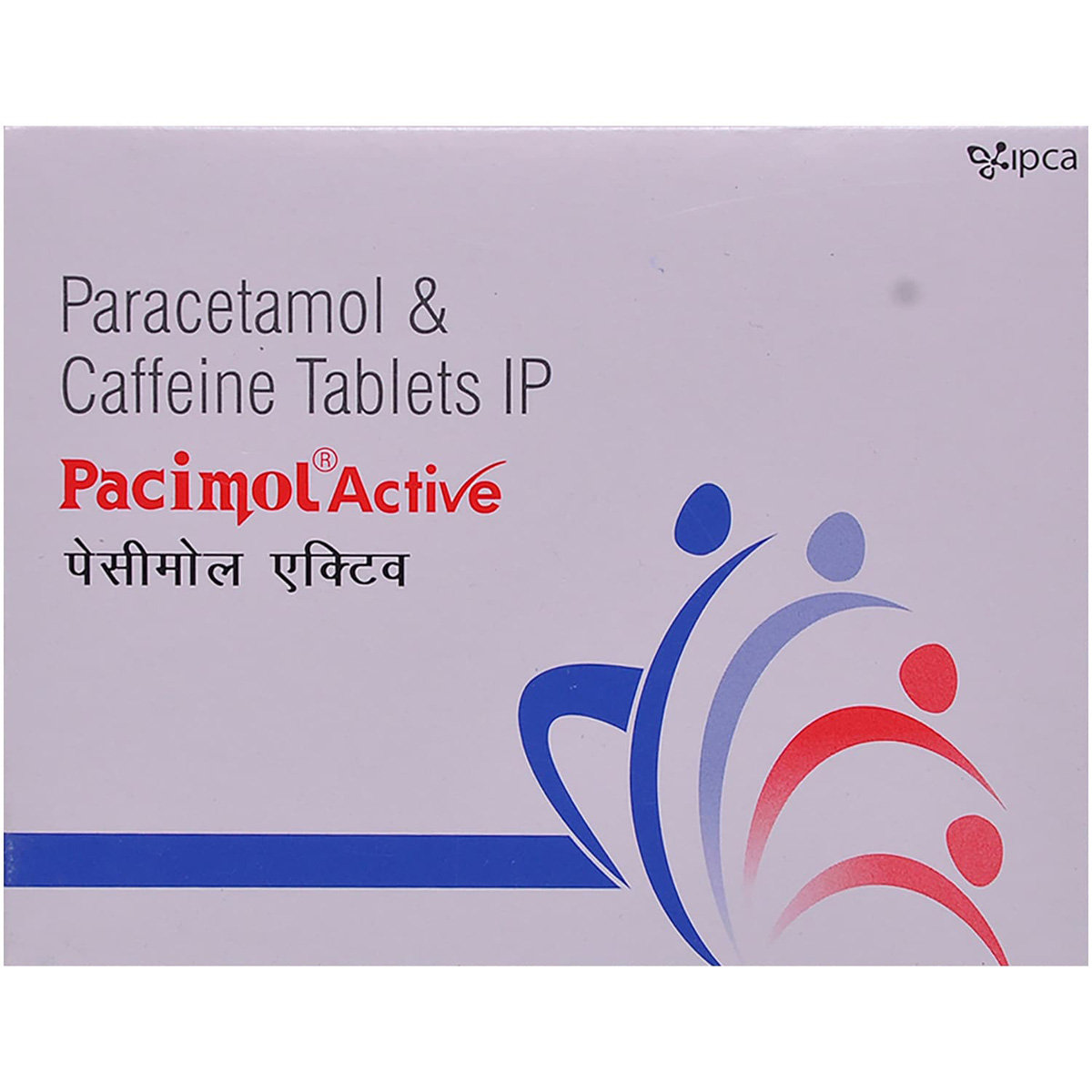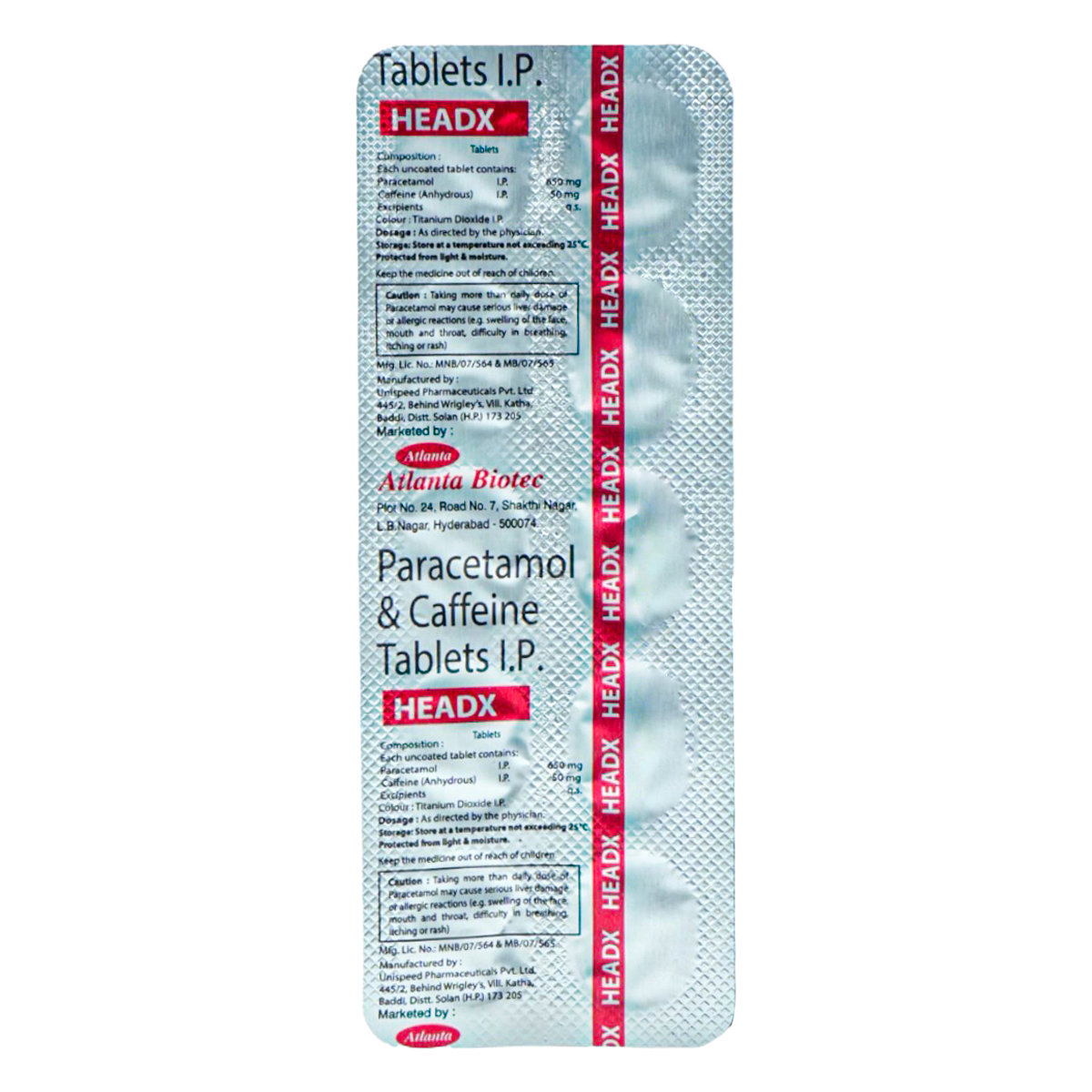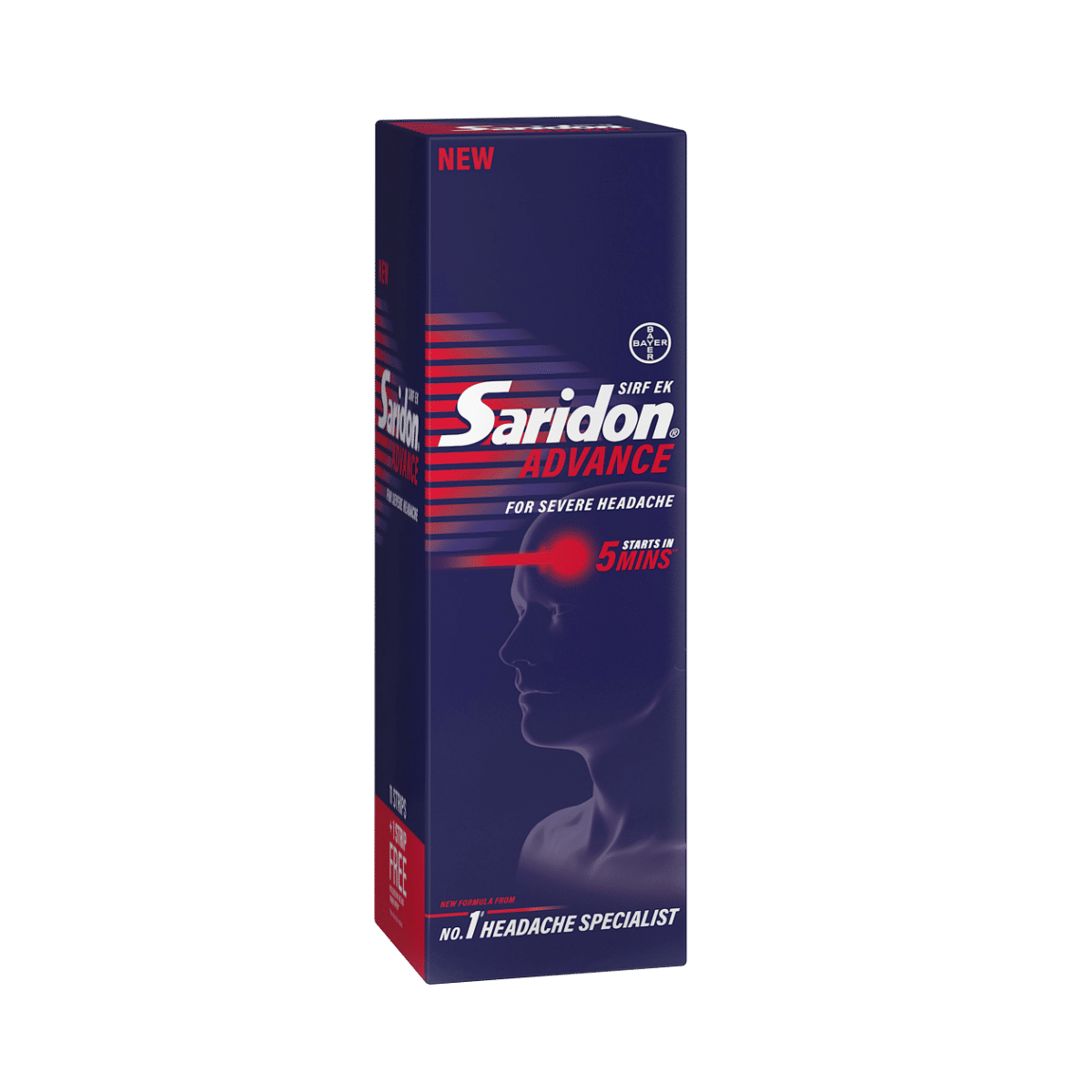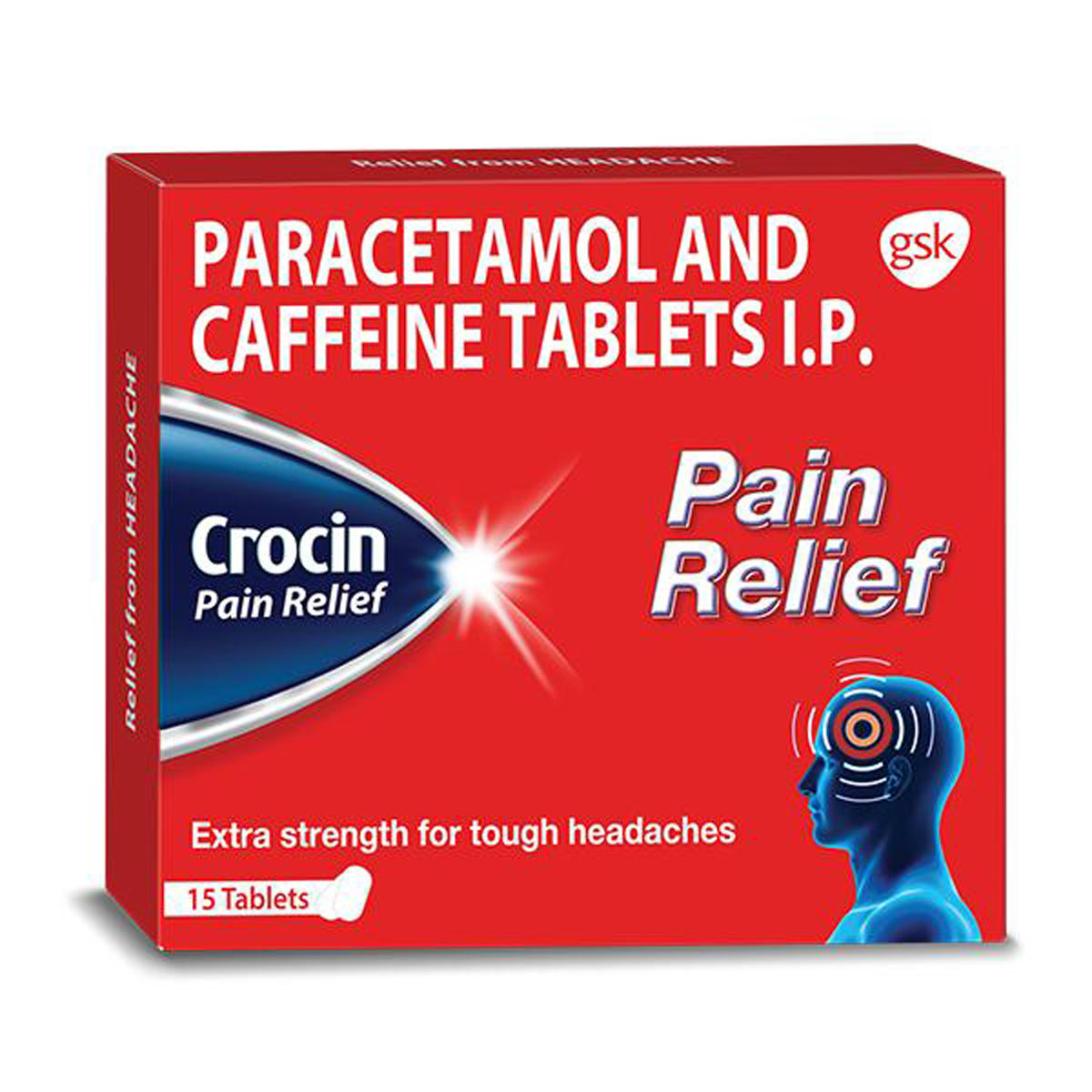Novalgin NU Tablet

MRP ₹40
(Inclusive of all Taxes)
₹6.0 Cashback (15%)
know your delivery time
Provide Delivery Location
Composition :
Manufacturer/Marketer :
Consume Type :
Expires on or after :
Return Policy :

Secure Payment

Trusted by 8 Crore Indians

Genuine Products
Therapeutic Class
Country of origin
Manufacturer/Marketer address
Disclaimer
Alcohol
Safe if prescribed
Novalgin NU Tablet is unsafe with alcohol as it may cause gastrointestinal side effects such as abdominal pain and vomiting.
Pregnancy
Consult your doctor
Novalgin NU Tablet has paracetamol and caffeine. Paracetamol is a Category B pregnancy medicine, but caffeine use is limited during pregnancy. So, it should be used during pregnancy only if the doctor has prescribed it.
Breast Feeding
Consult your doctor
Novalgin NU Tablet should not be used in nursing mothers unless clearly necessary. So, inform your doctor if you are a nursing mother. Your doctor will weigh the benefits and potential risks before prescribing Novalgin NU Tablet .
Driving
Safe if prescribed
Novalgin NU Tablet may not affect your ability to drive or operate machinery.
Liver
Consult your doctor
Novalgin NU Tablet is to be taken with caution, especially if you have a history of liver diseases such as alcoholic liver disease. The dose may have to be adjusted by your doctor.
Kidney
Consult your doctor
Novalgin NU Tablet is to be taken with caution, especially if you have a history of kidney diseases/conditions. You may require dose adjustments based on your health condition.
Children
Safe if prescribed
The dose of Novalgin NU Tablet needs to be adjusted, and its use should be recommended by a child specialist only.
Product Substitutes
About Novalgin NU Tablet
Novalgin NU Tablet is a combination medication, which belongs to the class of analgesic medication. It is primarily used to treat mild to moderate pain, including headache, backache, migraine, rheumatic and muscle pain, toothache and period pain. On the other hand, it also relieves discomfort in colds, influenza, and sore throats and helps reduce temperature. Pain is caused by the activation of pain receptors due to the release of certain chemicals or enzymes.
Novalgin NU Tablet contains paracetamol and caffeine. Paracetamol inhibits the release of these enzymes and alleviates pain. Caffeine increases the efficacy of paracetamol by improving its absorption, thereby prolonging analgesic action. Paracetamol also has an antipyretic effect and can reduce body temperature in cases of fever.
Use Novalgin NU Tablet as directed by the physician only. The dose and duration of the medication depend on your condition and its severity. The common side effects of Novalgin NU Tablet include agitation, nervousness, and insomnia. Everyone need not experience the above side effects as they vary for each person depending on their health, underlying conditions, age, weight, and gender. In case of any discomfort, speak with a doctor.
Do not take Novalgin NU Tablet if you're allergic to any ingredient in it. Novalgin NU Tablet is not recommended for use during pregnancy or breastfeeding. Ask your healthcare professional for advice if you have any concerns. Do not use Novalgin NU Tablet in more than prescribed doses or longer duration as it may cause adverse effects. Before taking the Novalgin NU Tablet , notify your doctor about your current health situation and other medications you are taking to rule out any potential negative effects. Novalgin NU Tablet is not recommended in children below 12 years of age. Avoid alcohol consumption with Novalgin NU Tablet as it may increase the risk of liver damage.
Uses of Novalgin NU Tablet
Medicinal Benefits Mweb
Key Benefits
Novalgin NU Tablet is a combination medication containing paracetamol and caffeine. Novalgin NU Tablet effectively treats mild to moderate pain, including headache, backache, migraine, rheumatic and muscle pain, toothache and period pain. On the other hand, it also relieves discomfort in colds, influenza, and sore throats and helps reduce temperature. Paracetamol inhibits the release of these enzymes and alleviates pain. Caffeine increases the efficacy of paracetamol by improving its absorption, thereby prolonging analgesic action. Paracetamol also has an antipyretic effect and can reduce body temperature in cases of fever.
Directions for Use
Side Effects of Novalgin NU Tablet
- Insomnia
- Nervousness
- Restlessness
- Nausea
- Increased Heart Rate
- Agitation
- Nervousness
Drug Warnings
Consult your doctor immediately if you have any allergic reactions such as skin rash, swelling of the face/lips/tongue/throat, wheezing, or shortness of breath. Do not take it if you have any known allergy to paracetamol or caffeine. People with kidney, liver, alcohol dependence, heart disease, or persistent headaches should avoid taking Novalgin NU Tablet .
Drug-Drug Interactions
Drug-Drug Interactions
Login/Sign Up
Taking these two together can cause your blood pressure to rise, a condition known as a hypertensive crisis.
How to manage the interaction:
Taking Novalgin NU Tablet with Linezolid is not recommended, please consult your doctor before taking it. It can be taken if your doctor prescribes it. Do not stop taking any medication without consulting your doctor.
Taking these two together can cause your blood pressure to rise, a condition known as a hypertensive crisis.
How to manage the interaction:
Taking Novalgin NU Tablet with Phenelzine is not recommended, please consult your doctor before taking it. They can be taken if your doctor advises it. Do not stop taking any medication without consulting your doctor.
Coadministration of tranylcypromine with Novalgin NU Tablet can in cause severe high blood pressure.
How to manage the interaction:
Taking Novalgin NU Tablet with Tranylcypromine is not recommended, but it can be taken together if prescribed by a doctor. However, consult your doctor if you experience headache, confusion, blurred vision, problems with speech or balance, nausea, vomiting, chest pain, convulsions, and sudden numbness or weakness (especially on one side of the body). Do not discontinue any medications without consulting a doctor.
Taking these two together can cause your blood pressure to rise, a condition known as a hypertensive crisis.
How to manage the interaction:
Taking Novalgin NU Tablet with Isocarboxazid is not recommended, please consult your doctor before taking it. It can be taken if your doctor prescribes it. Do not stop taking any medication without consulting your doctor.
Co-administration of Novalgin NU Tablet may decrease the excretion rate of Oxazepam which could result in a higher serum level.
How to manage the interaction:
Although there is a possible interaction between Oxazepam and Novalgin NU Tablet, you can take these medicines together if prescribed by a doctor. Do not stop using any medications without a doctor's advice.
Co-administration of ketamine and Novalgin NU Tablet may decrease the effectiveness of Ketamine which could result in a higher blood level.
How to manage the interaction:
Although taking Ketamine and Novalgin NU Tablet together can evidently cause an interaction, it can be taken if a doctor has suggested it. If you're feeling very sleepy or having trouble breathing, it's important to contact your doctor right away. Do not stop using any medications without a doctor's advice.
Co-administration of Teriflunomide with Novalgin NU Tablet may increase the risk or severity of Liver problems.
How to manage the interaction:
Taking Novalgin NU Tablet with Teriflunomide together can possibly result in an interaction, but it can be taken if a doctor has advised it. Do not discontinue any medications without consulting a doctor.
Co-administration of Novalgin NU Tablet and Ketoconazole may increase the risk of liver injury.
How to manage the interaction:
Although there is a possible interaction between Novalgin NU Tablet and Ketoconazole, you can take these medicines together if prescribed by a doctor. However, if you have joint pain or swelling, fever, chills, unusual bleeding or bruising, skin rash, itching, over-tiredness, nausea, vomiting, loss of appetite, stomach pain, dark-colored urine, light-colored stools, and/or yellowing of the skin or eyes, contact a doctor immediately as these may be signs and symptoms of liver damage. Do not discontinue the medication without consulting a doctor.
Co-administration of Novalgin NU Tablet and Leflunomide may increase the risk of liver problems.
How to manage the interaction:
Although there is a possible interaction between Novalgin NU Tablet and Leflunomide, they can be taken together if prescribed by a doctor. However, if you experience fever, chills, joint pain or swelling, unusual bleeding or bruising, skin rash, itching, less desire to eat, fatigue, nausea, vomiting, abdominal pain, or yellowing of the skin or eyes, contact a doctor immediately. Do not discontinue any medications without consulting a doctor.
Co-administration of Novalgin NU Tablet and Valdecoxib may increase the risk or severity of adverse effects.
How to manage the interaction:
Although there is a possible interaction between Novalgin NU Tablet and Valdecoxib, you can take these medicines together if prescribed by a doctor. However, if the side effects worsen, please consult a doctor.
Drug-Food Interactions
Drug-Food Interactions
Login/Sign Up
Grapefruit Juice
How to manage the interaction:
Consumption of grape juice increases the effect of caffeine. Avoid taking grape juice with caffeine, as it causes an interaction. If you experience any symptoms, consult the doctor immediately.
Drug-Diseases Interactions
Drug-Diseases Interactions
Login/Sign Up
Drug-Drug Interactions Checker List
- IBUPROFEN
- ASPIRIN
- TIZANIDINE
- METOCLOPRAMIDE
- DOMPERIDONE
- CHOLESTYRAMINE
Habit Forming
Special Advise
- Take rest whenever required, to ease the pain.
- Adequate intake of fluids can prevent dehydration.
- Inform your doctor if you are taking any other prescribed or over-the-counter medications before taking this medicine.
- Do not increase your dose or duration of the medicine without consulting the doctor.
Diet & Lifestyle Advise
- Get adequate sleep as resting the muscles can help in reducing inflammation and swelling.
- Acupuncture, massage and physical therapy may also be helpful.
- Eat foods rich in antioxidants such as berries, spinach, kidney beans, dark chocolate, etc.
- Foods containing flavonoids such as soy, berries, broccoli, grapes and green tea help in reducing inflammation.
- Maintain a healthy weight by performing regular low-strain exercises and eating healthy food.
- Practice relaxation techniques that help to calm down the mind and reduce pain levels.
- Avoid smoking and alcohol consumption.
All Substitutes & Brand Comparisons
RX
Out of StockAlgina Plus 50mg/650mg Tablet
₹12.17
(₹1.1 per unit)
69% CHEAPERRX
Out of StockAekil Plus Tablet
Agron Remedies Pvt Ltd
₹15.6
(₹1.4 per unit)
61% CHEAPERRX
Out of StockCrocin Tablet 10's
GlaxoSmithKline Consumer Healthcare Ltd
₹15.5
(₹1.4 per unit)
61% CHEAPER

Have a query?
Buy best C.n.s Drugs products by
Intas Pharmaceuticals Ltd
Sun Pharmaceutical Industries Ltd
Torrent Pharmaceuticals Ltd
Alkem Laboratories Ltd
Abbott India Ltd
Cipla Ltd
Alteus Biogenics Pvt Ltd
Micro Labs Ltd
Lupin Ltd
Ipca Laboratories Ltd
D D Pharmaceuticals Pvt Ltd
Icon Life Sciences
Mankind Pharma Pvt Ltd
Tripada Healthcare Pvt Ltd
Arinna Lifesciences Ltd
Linux Laboratories Pvt Ltd
East West Pharma India Pvt Ltd
La Renon Healthcare Pvt Ltd
Talent India Pvt Ltd
Tas Med India Pvt Ltd
Zydus Healthcare Ltd
Cnx Health Care Pvt Ltd
Eris Life Sciences Ltd
Leeford Healthcare Ltd
Emcure Pharmaceuticals Ltd
Macleods Pharmaceuticals Ltd
Sigmund Promedica
Aristo Pharmaceuticals Pvt Ltd
Dr Reddy's Laboratories Ltd
Troikaa Pharmaceuticals Ltd
Consern Pharma Ltd
Zydus Cadila
Shine Pharmaceuticals Ltd
Wockhardt Ltd
Ardent Life Sciences Pvt Ltd
Crescent Formulations Pvt Ltd
Theo Pharma Pvt Ltd
Reliance Formulation Pvt Ltd
Ikon Pharmaceuticals Pvt Ltd
Propel Healthcare
Neon Laboratories Ltd
Jagsam Pharma
Msn Laboratories Pvt Ltd
Morepen Laboratories Ltd
Pulse Pharmaceuticals
Sanofi India Ltd
Med Manor Organics Pvt Ltd
Hetero Healthcare Pvt Ltd
Novartis India Ltd
Crescent Therapeutics Ltd
Elder Pharmaceuticals Ltd
Solvate Laboratories Pvt Ltd
Akumentis Healthcare Ltd
Mova Pharmaceutical Pvt Ltd
Psyco Remedies Ltd
Tripada Lifecare Pvt Ltd
Ajanta Pharma Ltd
Cyrus Remedies Pvt Ltd
Medishri Healthcare Pvt Ltd
Cadila Healthcare Ltd
Glenmark Pharmaceuticals Ltd
Matteo Health Care Pvt Ltd
Hbc Life Sciences Pvt Ltd
Lyf Healthcare
Matias Healthcare Pvt Ltd
Mesmer Pharmaceuticals
Alembic Pharmaceuticals Ltd
Capital Pharma
Crescent Pharmaceuticals
Medopharm Pvt Ltd
Alniche Life Sciences Pvt Ltd
Kivi Labs Ltd
Talin Remedies Pvt Ltd
USV Pvt Ltd
Quince Lifesciences Pvt Ltd
Solis Pharmaceuticals
Infivis Life Care
Zuventus Healthcare Ltd
Cadila Pharmaceuticals Ltd
Pfizer Ltd
Wallace Pharmaceuticals Pvt Ltd
A N Pharmacia Laboratories Pvt Ltd
Blue Cross Laboratories Pvt Ltd
Jenburkt Pharmaceuticals Ltd
Lia Life Sciences Pvt Ltd
Mano Pharma
Medley Pharmaceuticals Ltd
Primus Remedies Pvt Ltd
FDC Ltd
Maneesh Pharmaceuticals Ltd
Apex Laboratories Pvt Ltd
Gagnant Healthcare Pvt Ltd
Ozone Pharmaceuticals Ltd
RPG Life Sciences Ltd
Strides Shasun Ltd
Unichem International
GlaxoSmithKline Pharmaceuticals Ltd
Kuresys Labs Pvt Ltd
LA Pharma
Trion Pharma India Llp







